How Much Does Building Construction Cost?
The cost of constructing a building varies significantly based on several factors, including the type of building, its location, size, design complexity, and the materials used. On average, building construction costs can range from $150 to $500 per square foot. For instance, a standard commercial building may cost between $1.5 million and $5 million for a 10,000-square-foot structure, while a more customized and high-end facility could exceed these estimates. Factors such as labor costs, site preparation, zoning regulations, and permits can also influence the overall expense.
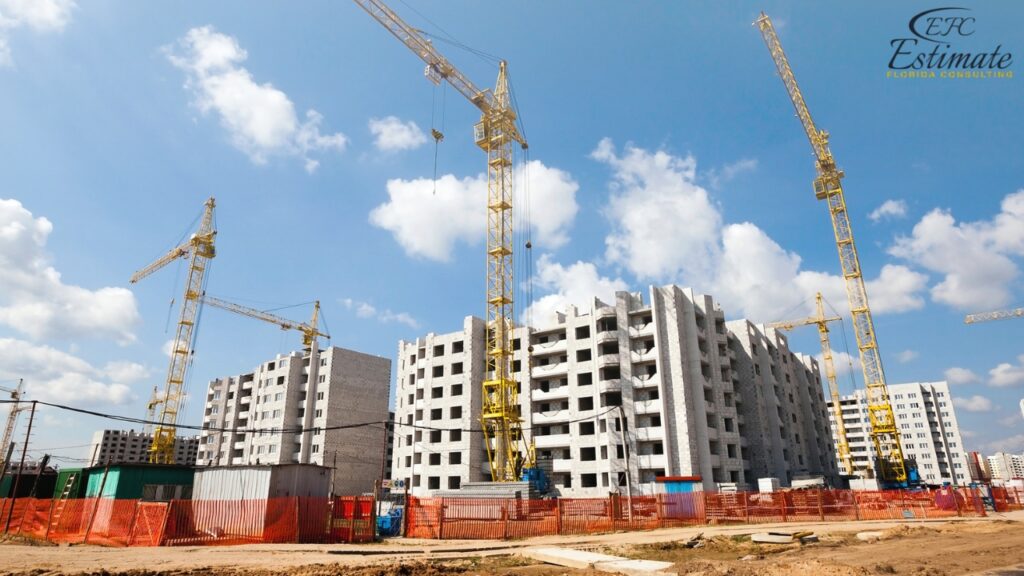
Additionally, features like energy-efficient systems, advanced technology integrations, and sustainability certifications can increase the initial cost but offer long-term savings and benefits. Accurate cost estimation and careful planning are crucial to ensuring the project stays within budget while meeting quality and design expectations.
Key Factors Influencing Construction Costs
Several factors can influence the cost of building construction, including:
Location
The geographic location of the project greatly impacts costs. Urban areas typically have higher land prices and labor costs compared to rural areas. Proximity to resources, transportation, and labor markets also plays a role in determining costs. Additionally, regional building codes and regulations can affect the complexity and cost of construction projects. In urban settings, factors such as traffic congestion, site accessibility, and noise restrictions can further complicate construction logistics, increasing both direct and indirect costs.
Building Type and Size
The type and size of the building affect the overall cost. Residential, commercial, industrial, and institutional buildings each have different requirements and costs associated with their construction. Larger buildings generally require more materials and labor, increasing the overall cost, while specialized buildings may need additional features that add to expenses. For example, industrial buildings might need heavy-duty flooring, while schools may require specific layouts for educational purposes. Understanding the specific requirements of each building type can help in accurately estimating costs and allocating resources effectively.
Design Complexity
The complexity of the building design can increase costs. Custom architectural designs, unique structural elements, and high-end finishes can significantly add to the budget. Complex designs often require specialized labor and materials, which can drive up costs. Furthermore, intricate designs may take longer to complete, impacting project timelines and labor expenses. Unique design features can also necessitate specialized permits and inspections, adding layers of bureaucracy and expense. Balancing aesthetic goals with practical considerations is crucial for maintaining budget discipline without compromising on vision.
Materials
The choice of materials impacts both the initial construction cost and long-term maintenance expenses. High-quality materials may have a higher upfront cost but can offer durability and reduce maintenance costs over time. The availability and sustainability of materials can also influence costs, as environmentally friendly options may require more investment initially but provide benefits in the long run. Choosing locally sourced materials can help minimize transportation costs and support local economies, while sustainable materials can enhance a building’s environmental credentials and appeal to eco-conscious consumers.
Labor Costs
Labor costs vary based on local wage rates, the availability of skilled workers, and the complexity of the project. Regions with a high demand for construction labor may see increased costs. The skill level and experience of the labor force can also impact project quality and efficiency, affecting the overall budget. Investing in skilled labor can ensure high-quality workmanship and reduce the likelihood of costly errors and rework. Additionally, implementing effective labor management practices can optimize productivity and minimize downtime, contributing to overall project success.
Regulatory Requirements
Compliance with local building codes and regulations can affect costs. Permits, inspections, and environmental assessments add to the overall budget. Navigating these requirements efficiently can help avoid delays and ensure that the project meets all legal and safety standards. Understanding the regulatory landscape early in the planning process can aid in identifying potential hurdles and developing strategies to address them proactively. Engaging with local authorities and maintaining open communication throughout the project can also facilitate smoother compliance and approval processes.

Construction Process Overview
The construction process involves several stages, each of which contributes to the overall cost and timeline of the project. Understanding these stages can help stakeholders plan and manage construction projects effectively:
Planning and Design: This stage involves creating architectural designs, obtaining necessary permits, and finalizing the project budget. Detailed planning helps ensure that all aspects of the project are considered, minimizing the risk of unexpected costs and delays. Collaborating with architects and engineers during this stage is crucial for developing a feasible design that meets both functional and aesthetic goals.
Site Preparation: Site preparation includes clearing the land, grading, and installing essential utilities. This stage lays the foundation for construction and ensures that the site is ready for building. Proper site preparation is critical for preventing structural issues and ensuring a safe and stable construction environment.
Foundation and Structural Work: Building the foundation and structural elements is a crucial phase of construction. This stage involves pouring concrete, erecting steel frames, and constructing load-bearing walls. The quality of the foundation and structural work is essential for the building’s stability and longevity, making it a critical focus area for contractors.
Exterior and Interior Work: Once the structure is in place, the construction of exterior walls, roofing, and interior finishes begins. This stage includes installing windows, doors, insulation, and HVAC systems. The choice of materials and finishes can significantly impact costs and project timelines, requiring careful coordination to ensure quality and efficiency.
Mechanical, Electrical, and Plumbing (MEP) Systems: Installing MEP systems is a vital part of the construction process. These systems are essential for the building’s functionality and comfort, and their installation must be coordinated with other construction activities. Ensuring that MEP systems meet all regulatory requirements and are installed correctly is crucial for the building’s safety and performance.
Finishing and Landscaping: The final stage of construction involves finishing touches such as painting, flooring, and landscaping. This stage enhances the building’s aesthetics and prepares it for occupancy. Attention to detail during the finishing phase can greatly impact the building’s overall appeal and functionality.
Commercial Construction Videos
Commercial Construction
Factory Construction
Work Shop Construction
90% More Chances to Win Projects With Our Estimate!
- Multi-Family Building
- Hotel Building
- Hospital Building
- Warehouse Building
- School & University Building
- High-Rise Building
- Shopping Complex
- Data Center Building

Estimated Construction Costs by Building Type
Here’s an estimate of construction costs for different types of buildings:
Residential Buildings
Single-Family Home: The cost to build a single-family home can range from $150 to $300 per square foot, depending on the location and design complexity. This range can vary based on factors such as land cost, local building codes, and the availability of materials.
Size (Sq Ft) | Estimated Cost Range |
2,000 | $300,000 – $600,000 |
3,000 | $450,000 – $900,000 |
4,000 | $600,000 – $1,200,000 |
Single-family homes often reflect the personal preferences and lifestyles of the occupants, leading to variability in costs based on design choices, finishes, and desired amenities. Additionally, the location can impact costs, with homes in high-demand urban areas typically commanding higher prices due to land scarcity and increased labor costs. Customization options, such as smart home technologies and energy-efficient systems, can also influence the overall cost, offering long-term savings and increased property value.
Multi-Family Housing: Costs for multi-family housing such as apartment buildings range from $200 to $400 per square foot. This cost reflects the need for additional infrastructure and amenities to support multiple units, such as elevators, common areas, and shared utilities.
Size (Units) | Estimated Cost Range |
10 | $2 million – $4 million |
20 | $4 million – $8 million |
50 | $10 million – $20 million |
Multi-family housing projects often require careful planning and coordination to maximize space efficiency and ensure that each unit meets building codes and regulations. These projects can offer economies of scale that may reduce per-unit costs compared to single-family homes, making them an attractive option for developers looking to optimize returns. In addition to construction costs, developers must also consider operational factors such as property management and tenant services, which can impact the overall profitability and success of the project.
Commercial Buildings
Office Buildings: Construction costs for office buildings typically range from $200 to $450 per square foot. These costs can vary based on location, design specifications, and the inclusion of specialized features such as conference rooms, IT infrastructure, and sustainability initiatives.
Size (Sq Ft) | Estimated Cost Range |
10,000 | $2 million – $4.5 million |
25,000 | $5 million – $11.25 million |
50,000 | $10 million – $22.5 million |
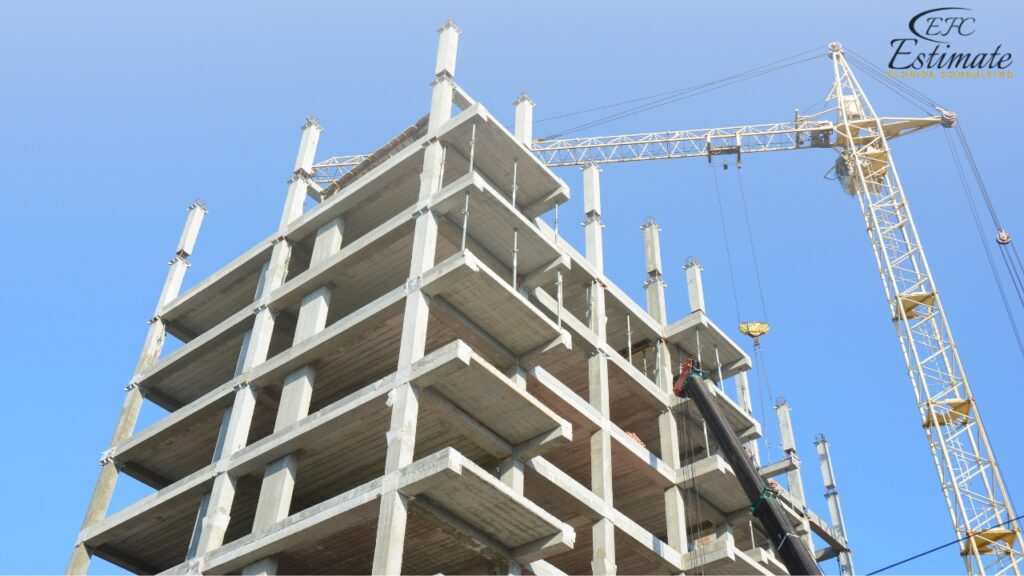
Office buildings are designed to accommodate a variety of businesses and industries, with flexibility often built into the design to allow for future changes in layout and occupancy. The inclusion of modern amenities, energy-efficient systems, and adaptable workspaces can enhance the building’s marketability and long-term value. Additionally, incorporating features such as collaborative work areas, wellness spaces, and advanced technology infrastructure can attract top-tier tenants and improve tenant retention, supporting higher rental yields and property valuations.
Retail Spaces: Retail space construction costs can vary from $150 to $400 per square foot, depending on the location and design. Retail buildings often require additional features like storefront displays, storage areas, and customer amenities.
Size (Sq Ft) | Estimated Cost Range |
5,000 | $750,000 – $2 million |
10,000 | $1.5 million – $4 million |
20,000 | $3 million – $8 million |
Retail spaces must be designed with consumer behavior in mind, ensuring that the layout supports traffic flow, product visibility, and customer engagement. Strategic placement of entrances, exits, and display areas can enhance the shopping experience and boost sales, making thoughtful design a critical component of successful retail construction. The integration of digital technologies, such as interactive displays and mobile payment systems, can further enhance the customer experience and drive revenue growth, positioning the retail space for success in an increasingly competitive market.
Industrial Buildings
Warehouses: The cost to build a warehouse ranges from $100 to $250 per square foot. Warehouses often prioritize functionality and efficiency, with costs influenced by factors such as ceiling height, loading docks, and storage solutions.
Size (Sq Ft) | Estimated Cost Range |
20,000 | $2 million – $5 million |
50,000 | $5 million – $12.5 million |
100,000 | $10 million – $25 million |
Warehouses are designed to support logistical operations, often requiring specialized systems for inventory management, climate control, and material handling. Advances in automation and technology can enhance operational efficiency but may also increase upfront costs. Efficient space utilization and layout planning are essential to maximizing storage capacity and streamlining workflow, helping businesses meet demand and maintain competitiveness.
Factories: Factory construction costs range from $200 to $500 per square foot. These costs can vary based on the type of manufacturing processes involved and the need for specialized equipment and facilities.
Size (Sq Ft) | Estimated Cost Range |
20,000 | $4 million – $10 million |
50,000 | $10 million – $25 million |
100,000 | $20 million – $50 million |
Factories are tailored to specific production needs, often incorporating complex machinery, safety systems, and environmental controls. The design and layout must support efficient workflows and comply with industry standards, adding complexity and cost to the construction process. Incorporating lean manufacturing principles and sustainable practices can optimize operations and reduce waste, enhancing both financial performance and environmental impact.
Download Template For Construction Project Breakdown
- Materials list updated to the zip code
- Fast delivery
- Data base of general contractors and sub-contractors
- Local estimators
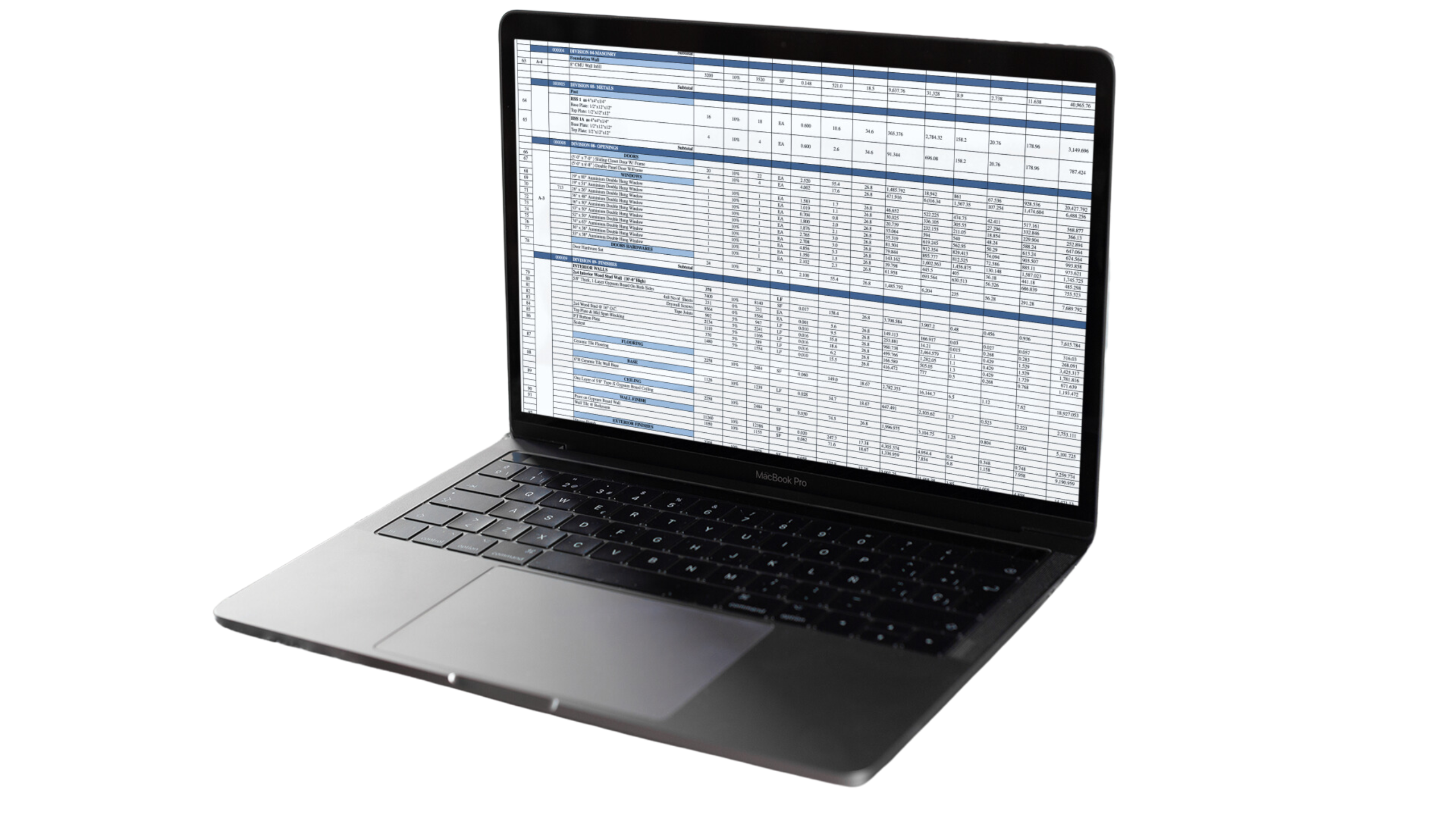
Institutional Buildings
Schools: School construction costs typically range from $200 to $400 per square foot. Schools require facilities for classrooms, laboratories, gyms, and auditoriums, contributing to the overall cost.
Size (Sq Ft) | Estimated Cost Range |
30,000 | $6 million – $12 million |
50,000 | $10 million – $20 million |
100,000 | $20 million – $40 million |
Schools must be designed to foster learning and accommodate a diverse range of activities, from academic instruction to extracurricular programs. The inclusion of sustainable design elements, advanced technology, and flexible learning spaces can enhance educational outcomes and support long-term community needs. Prioritizing safety, accessibility, and adaptability in school design can create environments that promote student engagement and well-being, preparing them for success in a rapidly changing world.
Hospitals: Hospital construction costs can vary significantly, ranging from $300 to $700 per square foot due to the complexity of medical facilities. Hospitals require specialized infrastructure for patient care, diagnostics, and treatment, driving up costs.
Size (Sq Ft) | Estimated Cost Range |
50,000 | $19.5 million – $45.5 million |
100,000 | $39 million – $91 million |
200,000 | $78 million – $182 million |
Hospitals are complex facilities that must meet stringent regulatory standards for safety, hygiene, and patient care. Advanced medical technologies, patient accommodations, and support services all contribute to the high cost of construction. Efficient design and integration of systems can optimize patient care and operational efficiency, making thoughtful planning essential. Incorporating elements such as healing environments, patient-centric design, and sustainable practices can enhance the overall patient experience and improve clinical outcomes, positioning the hospital as a leader in healthcare innovation and excellence.
Additional Considerations for Construction Costs
Sustainability and Green Building
Incorporating sustainable practices and green building technologies can increase upfront costs but offer long-term savings through energy efficiency and reduced environmental impact. Features like solar panels, energy-efficient HVAC systems, and sustainable materials contribute to a building’s eco-friendliness and can enhance its marketability. By prioritizing sustainability, developers can align with evolving regulatory requirements and consumer preferences, positioning their projects for long-term success and resilience.
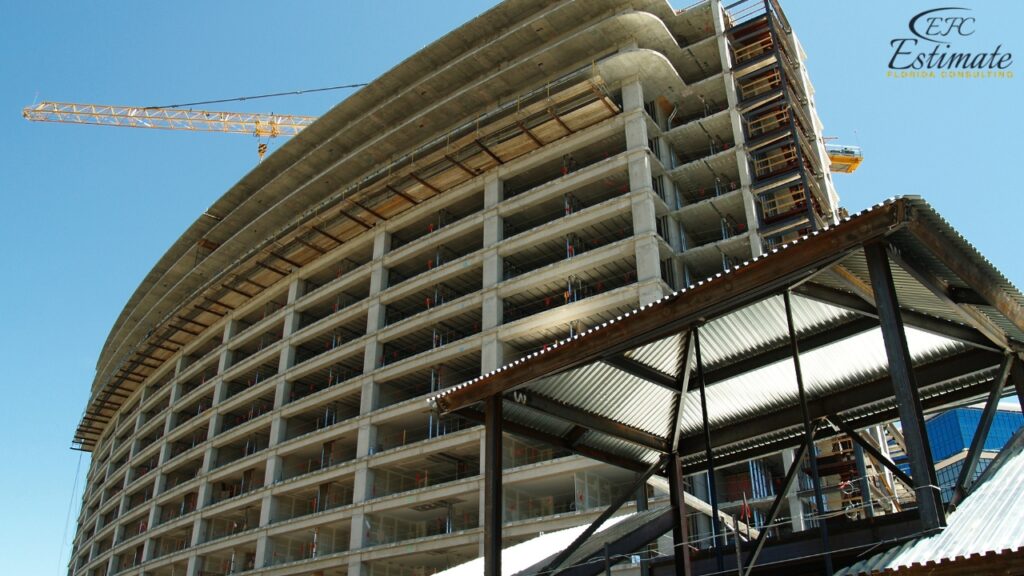
Technology and Smart Features
Integrating smart technologies, such as automated systems and advanced security measures, can enhance a building’s functionality and appeal but may also increase construction costs. These features can provide value by improving efficiency, safety, and convenience for occupants. Incorporating IoT (Internet of Things) devices and intelligent building management systems can optimize resource use and maintenance, reducing operational costs and enhancing tenant satisfaction.
Financing and Budgeting
Securing financing and creating a realistic budget are critical steps in managing construction costs. Understanding financing options, interest rates, and potential contingencies helps ensure that the project remains financially viable. Collaborating with financial institutions and leveraging government incentives can provide additional support and resources, helping developers manage cash flow and mitigate risk.
Project Management and Oversight
Effective project management can help control costs and timelines, ensuring that the construction project stays on track. Hiring experienced project managers and maintaining open communication with all stakeholders can prevent delays and cost overruns. Implementing robust project management tools and methodologies can enhance collaboration, transparency, and accountability, supporting successful project delivery and outcomes.
Get 5 New Leads Next 7Days With Our System
- Multi-Family Building
- Hotel Building
- Hospital Building
- Warehouse Building
- High-Rise Building
- Shopping Complex
Conclusion
Building construction costs are influenced by a variety of factors, including location, design, materials, and labor. By understanding these costs and planning accordingly, developers and investors can make informed decisions and ensure the success of their projects. Whether building a residential home, commercial office, or industrial facility, careful consideration of these factors will help optimize investments and achieve desired outcomes. Planning for contingencies and staying informed about market trends can further enhance the project’s success and profitability. With a strategic approach and a commitment to quality, stakeholders can deliver construction projects that meet both current needs and future demands, creating lasting value and impact in the built environment.
FAQs
The cost of constructing a building varies significantly based on several factors, including the type of building, its location, size, design complexity, and the materials used. On average, building construction costs can range from $150 to $500 per square foot. For instance, a standard commercial building may cost between $1.5 million and $5 million for a 10,000-square-foot structure, while a more customized and high-end facility could exceed these estimates. Factors such as labor costs, site preparation, zoning regulations, and permits can also influence the overall expense. Additionally, features like energy-efficient systems, advanced technology integrations, and sustainability certifications can increase the initial cost but offer long-term savings and benefits. Accurate cost estimation and careful planning are crucial to ensuring the project stays within budget while meeting quality and design expectations.
The geographic location of the project greatly impacts costs. Urban areas typically have higher land prices and labor costs compared to rural areas. Proximity to resources, transportation, and labor markets also plays a role in determining costs. Additionally, regional building codes and regulations can affect the complexity and cost of construction projects. In urban settings, factors such as traffic congestion, site accessibility, and noise restrictions can further complicate construction logistics, increasing both direct and indirect costs.
The complexity of the building design can increase costs. Custom architectural designs, unique structural elements, and high-end finishes can significantly add to the budget. Complex designs often require specialized labor and materials, which can drive up costs. Furthermore, intricate designs may take longer to complete, impacting project timelines and labor expenses. Unique design features can also necessitate specialized permits and inspections, adding layers of bureaucracy and expense. Balancing aesthetic goals with practical considerations is crucial for maintaining budget discipline without compromising on vision.
The choice of materials impacts both the initial construction cost and long-term maintenance expenses. High-quality materials may have a higher upfront cost but can offer durability and reduce maintenance costs over time. The availability and sustainability of materials can also influence costs, as environmentally friendly options may require more investment initially but provide benefits in the long run. Choosing locally sourced materials can help minimize transportation costs and support local economies, while sustainable materials can enhance a building’s environmental credentials and appeal to eco-conscious consumers.
Labor costs vary based on local wage rates, the availability of skilled workers, and the complexity of the project. Regions with a high demand for construction labor may see increased costs. The skill level and experience of the labor force can also impact project quality and efficiency, affecting the overall budget. Investing in skilled labor can ensure high-quality workmanship and reduce the likelihood of costly errors and rework. Additionally, implementing effective labor management practices can optimize productivity and minimize downtime, contributing to overall project success.
Compliance with local building codes and regulations can affect costs. Permits, inspections, and environmental assessments add to the overall budget. Navigating these requirements efficiently can help avoid delays and ensure that the project meets all legal and safety standards. Understanding the regulatory landscape early in the planning process can aid in identifying potential hurdles and developing strategies to address them proactively. Engaging with local authorities and maintaining open communication throughout the project can also facilitate smoother compliance and approval processes.
Google Reviews

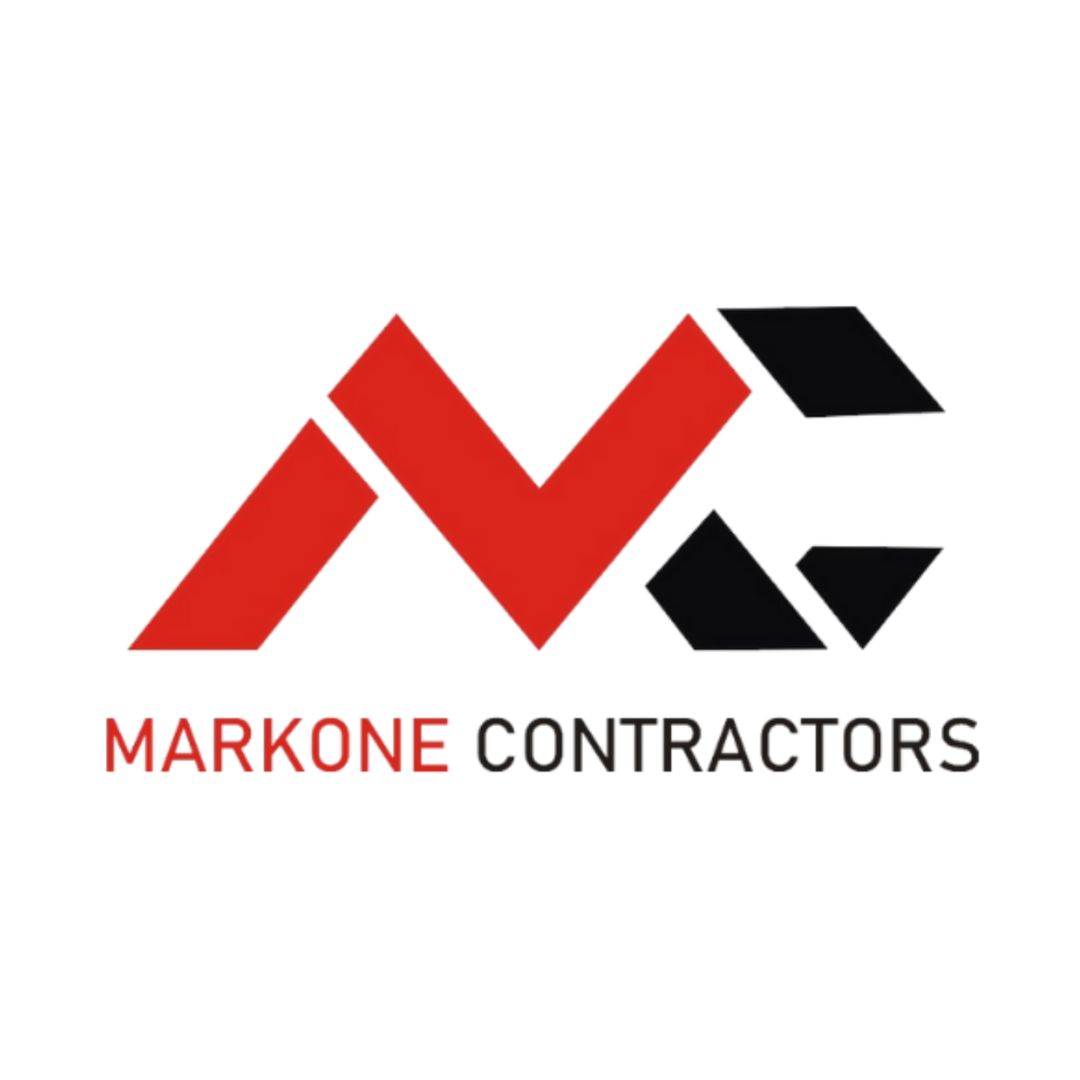

Process To Get Estimate Report
Here I am going to share some steps to get building construction estimate report.
-
You need to send your plan to us.
You can send us your plan on info@estimatorflorida.com
-
You receive a quote for your project.
Before starting your project, we send you a quote for your service. That quote will have detailed information about your project. Here you will get information about the size, difficulty, complexity and bid date when determining pricing.
-
Get Estimate Report
Our team will takeoff and estimate your project. When we deliver you’ll receive a PDF and an Excel file of your estimate. We can also offer construction lead generation services for the jobs you’d like to pursue further.

